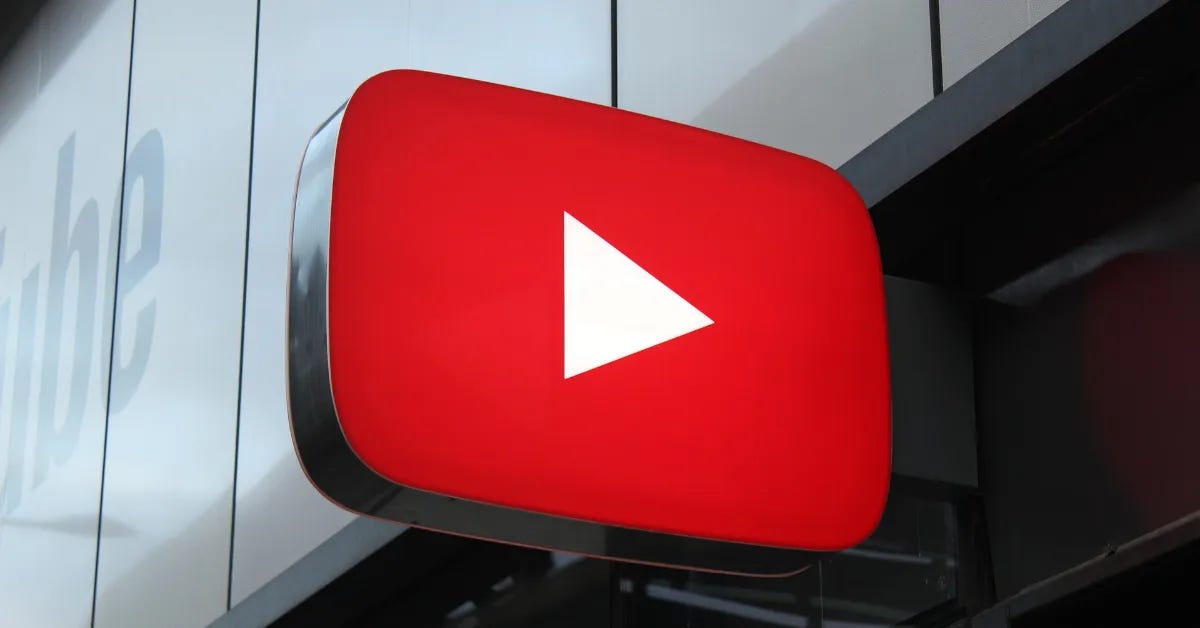When did Nielsen become an extension of YouTube's publicity department?
The industry is starting to push back against Nielsen's special treatment of the Google-owned streaming service.
On Friday, YouTube said audience figures related to its global distribution of a National Football Game last week was off by around 2 million viewers because of an internal technical issue. It upwardly adjusted the viewership count to 19.7 million — far less than what NBC pulled in for its earlier NFL Kickoff game the prior day, which the network only o…



